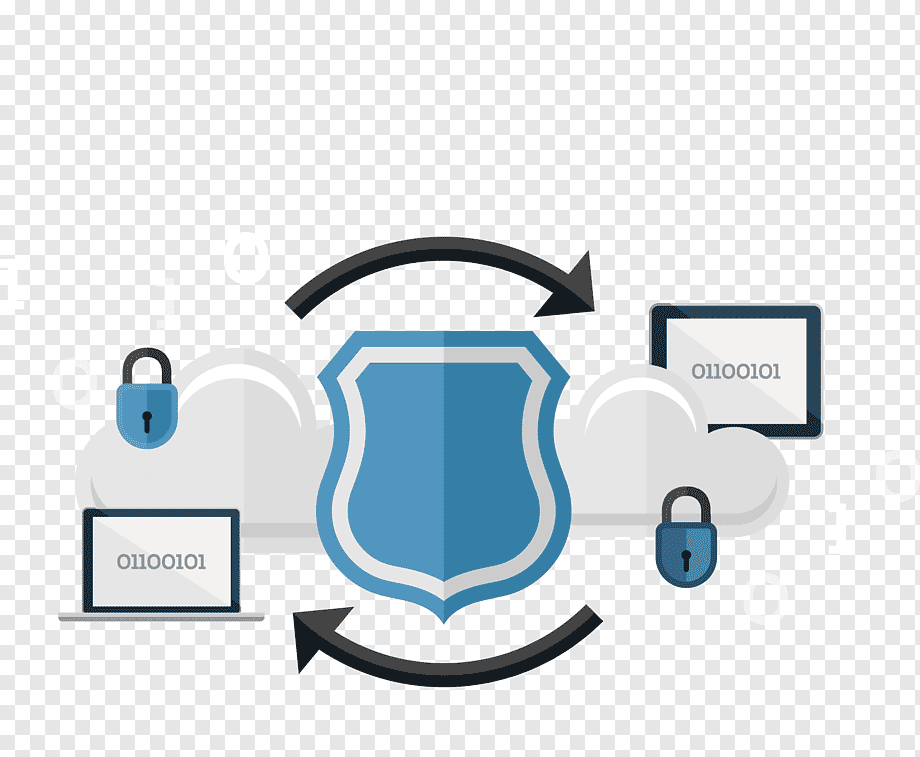We use cookies to personalise site content, social media features and to optimise your site experience.

 Marsh -
13 October 2022 -
Cause or Directory -
817 views -
0 Comments -
0 Likes -
0 Reviews
Marsh -
13 October 2022 -
Cause or Directory -
817 views -
0 Comments -
0 Likes -
0 Reviews

Data breaches can be far more than just a source of concern; they can alter the course of your life. When sensitive information is leaked, it can cause major issues for businesses, governments, and individuals. Hackers can access you, whether you are offline or online, by using the internet, Bluetooth, text messages, or the online services you use.
Data breaches are an unavoidable crisis for any organization with a digital footprint. Data breach detection is becoming an increasingly important initiative for businesses of all sizes. According to IBM and Ponemon Institute's Cost of a Data Breach Report (2019), companies now face a 30% chance of experiencing a data breach within the next two years.
Increased data breach risks, frequency, and costs—both financial and reputational—mean that cybersecurity is now a must-have investment for businesses of all sizes and industries. Understanding who is vulnerable to data breaches, how they occur, and how to detect and respond to them quickly and effectively is critical to lowering breach costs. This data can also help organisations better predict and prevent breaches.
Detecting cyber attacks is a challenge even for experts, but certain warning signs could indicate that a cyber breach or intrusion is underway. For example, suspicious network activity, sudden changes to critical infrastructure or system passwords and accounts, suspicious files in your system, which may or may not have been encrypted, inexplicable loss of access to your network, email or social media accounts, and many other error signs or warnings in browsers, anti-virus or anti-malware tools alerting you to infections.
Although a data breach can be the result of an innocent mistake, real damage is possible if the person with unauthorized access steals any intellectual data for financial gain.
Malicious criminals follow a basic pattern: targeting an organisation for a breach requires planning. They conduct research on their victims to identify vulnerabilities, such as missing or failed updates and employee susceptibility to phishing campaigns.
Hackers learn a target's weak points and then develop a campaign to get insiders to mistakenly download malware. Sometimes they go after the network directly.
The remediation phase is where you address the threats that you identified and prioritised in the preceding phases. The precise remediation process varies depending on the type of threat identified.
This entire procedure must be managed strategically and effectively. If you want the data breach prevention cycle to work for your organization, you must take charge and employ the appropriate tools. These are tools that can use data from your network to generate actionable insights.
As previously stated, this is a continuous process, rather than a one-time event. And don't expect this to be something you can set and forget. Keeping up with data breaches will necessitate ongoing efforts. This is why investing in tools to make all of this easier is worthwhile.

Copyright © 2025

